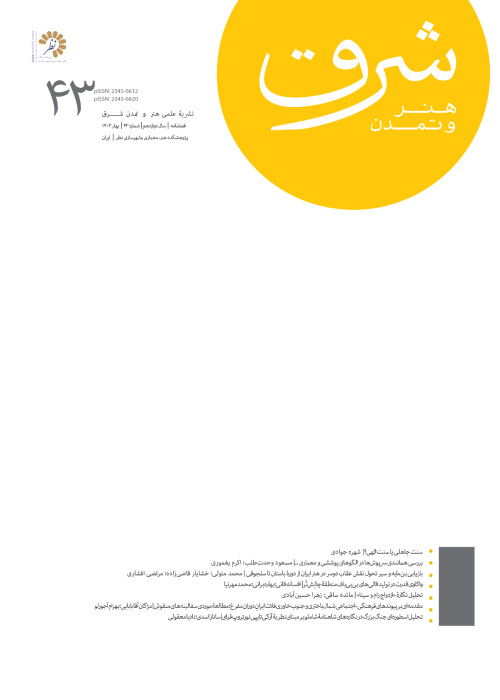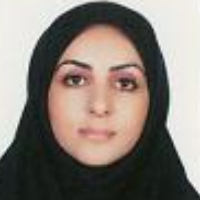A comparative Study Between the Faces and Clothing Items in Manichaean Paintings and Those of Early Islam
Author(s):
Article Type:
Research/Original Article (دارای رتبه معتبر)
Abstract:
In Manichaean paintings, the presence and role of man are very prominent. Manichaeans had special methods and principles for designing human faces; by borrowing from the faces of different lands and nations and integrating them with the imagination of his mind, Manichaean artists have tried to create different faces with different execution methods. Like Manichaean paintings, humans have an active presence in the paintings of early Islam, and the painters continued Manichaean’s way and method of drawing human portraits. Although there have been some changes in the portraiture of early Islam, the overall shape and features of the facial parts and, in some cases, the clothing of the figures, are the same as in the Manichean art style. This study tries to answer these questions: Manichean portraiture is influenced by the faces of which lands and nations, and what are its characteristics? What was the reason for drawing identical faces in Manichaean paintings? What features of the face and clothing of Manichaean paintings can be seen in the paintings of early Islam? The purpose of this study is to explore the characteristics of the face and clothing in Manichaean paintings and examine their similarities and differences with those of the Abbasid (Baghdad School), Samani, Ghaznavid, and Seljuk eras. The present study was done using a library-documentary study with a descriptive-analytical approach and a comparative approach. This study is of great importance because it raises new issues and makes new claims in terms of the stylistics of the art of painting in finding the origin of the art of painting and portraiture in early Islam (the Abbasid (Baghdad School), Samani, Ghaznavid, and Seljuq eras). Hence, this study aims to prove this hypothesis that the painting of early Islam was strongly and significantly influenced by the Manichaean style of portraiture. The results indicated that characteristics such as drawing identical faces, three-side angulation and oval shape of the face, lack of shading and simulating volume, small and elongated eyes, linear and slightly curved eyebrows, a small mouth and lips, a straight or arched nose, and hair arranged on the forehead are among the main characteristics of Manichaean portraiture, which were also used in the portraiture of early Islamic eras.
Keywords:
Language:
Persian
Published:
Journal of Art and Civilization of the Orient, Volume:11 Issue: 40, 2023
Pages:
19 to 34
magiran.com/p2590298
دانلود و مطالعه متن این مقاله با یکی از روشهای زیر امکان پذیر است:
اشتراک شخصی
با عضویت و پرداخت آنلاین حق اشتراک یکساله به مبلغ 1,390,000ريال میتوانید 70 عنوان مطلب دانلود کنید!
اشتراک سازمانی
به کتابخانه دانشگاه یا محل کار خود پیشنهاد کنید تا اشتراک سازمانی این پایگاه را برای دسترسی نامحدود همه کاربران به متن مطالب تهیه نمایند!
توجه!
- حق عضویت دریافتی صرف حمایت از نشریات عضو و نگهداری، تکمیل و توسعه مگیران میشود.
- پرداخت حق اشتراک و دانلود مقالات اجازه بازنشر آن در سایر رسانههای چاپی و دیجیتال را به کاربر نمیدهد.
In order to view content subscription is required
Personal subscription
Subscribe magiran.com for 70 € euros via PayPal and download 70 articles during a year.
Organization subscription
Please contact us to subscribe your university or library for unlimited access!



